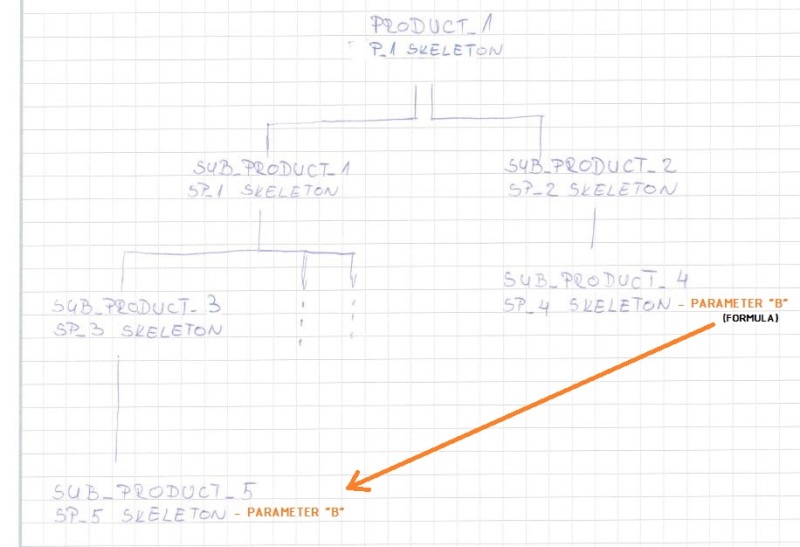-
1
- #1
akhtar07
Mechanical
- Mar 8, 2015
- 59
Hello Everyone,
Can someone post a link or a good guide for skeleton modeling in CATIA ?
Thanks.
Warm regards,
Akhtar Aziz
Can someone post a link or a good guide for skeleton modeling in CATIA ?
Thanks.
Warm regards,
Akhtar Aziz










